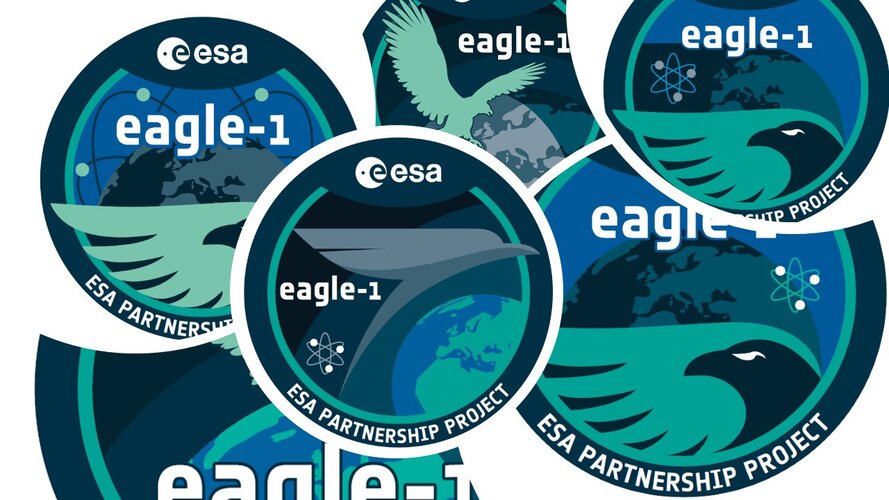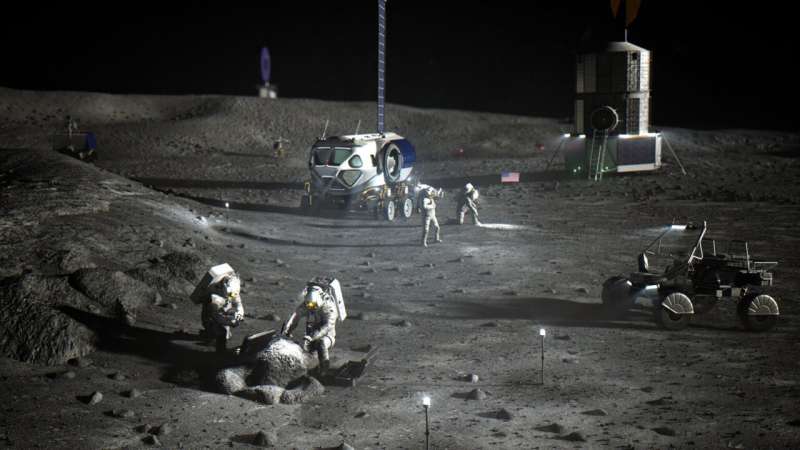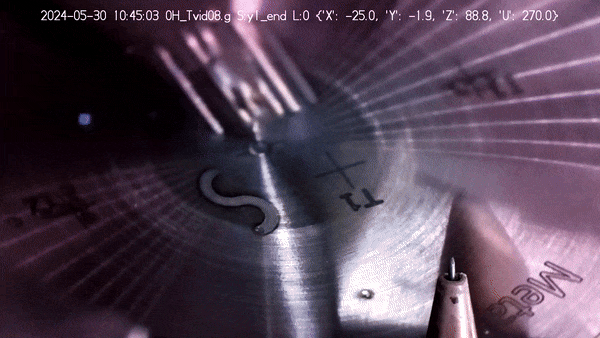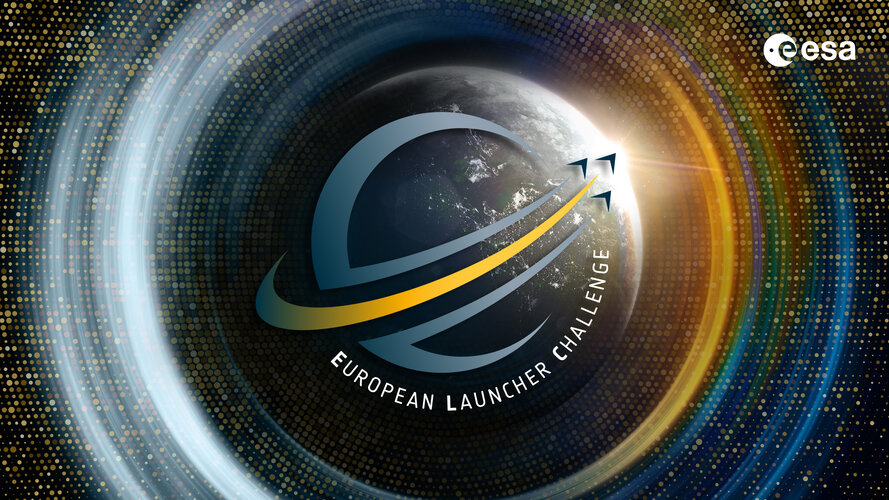Mission complete for ESA’s OPS-SAT flying laboratory
Tuesday, 04 June 2024 08:00
ESA’s experimental OPS-SAT CubeSat mission came to an end during the night of 22—23 May 2024 (CEST).
Craft unfurls China's flag on the far side of the moon and lifts off with lunar rocks to bring home
Tuesday, 04 June 2024 07:33
The Eagle-1 mission patch has landed
Tuesday, 04 June 2024 07:11
The Eagle-1 satellite team has revealed the design of their new mission patch. Originally associated with human spaceflight missions, patches are now released for a broad range of projects and expeditions. Here, we explore the development of an ESA mission patch, from concept to production.
Chang’e-6: Moon samples collected and launched into lunar orbit
Tuesday, 04 June 2024 06:57

Researchers call for strengthening sustainability regulations in laws governing space exploration
Monday, 03 June 2024 20:18
In a new study, a team of researchers led by Dimitra Atri of the NYU Abu Dhabi (NYUAD) Center for Astrophysics and Space Science call for strengthening existing planetary protection policies beyond the space surrounding Earth to include requirements for preserving the Lunar and Martian environments. In addition to biological contamination, they argue that guidelines should be expanded to address more than orbital debris, crowding, and security issues.
They also recommend adding compliance incentives to all existing and improved sustainability policies. Team members include Paulina Umansky from the University of California, Berkeley and K. R. Sreenivasan from New York University, New York.
In the paper titled "Sustainability as a core principle of space and planetary exploration" published in the journal Space Policy, the researchers present a new review of existing planetary protection laws and literature on planetary protection policy and identify key shortcomings of rules guiding human space exploration.
Space-based monitoring of electronic signals is now a commercial battleground
Monday, 03 June 2024 13:00

First metal 3D printing on Space Station
Monday, 03 June 2024 12:15 Image:
First metal 3D printing on Space Station
Image:
First metal 3D printing on Space Station Boost!
Monday, 03 June 2024 12:00 Video:
00:02:33
Video:
00:02:33
ESA supports Europe's space transportation visionaries and entrepreneurs through Boost! This video shows just some of the companies that have received co-funding from ESA’s Boost! programme: Orbex with its Prime launcher, D-Orbit offering orbital transportation and precise payload delivery with InOrbitNow, Skyrora’s XL launcher, HyImpulse’s SL1, ForgeStar from SpaceForge preparing for manufacturing in microgravity and returning them to Earth, Isar Aerospace’s Spectrum launcher, Rocket Factory Augsburg’s RFA One and PLD Space’s Miura.
Space is open for business – space transportation gets you there!
With its Boost! programme, ESA is boosting commercial initiatives that offer transportation services to space, in
Swarm helps discover Steve's long-lost twin
Monday, 03 June 2024 10:29
Ever since aurora chasers discovered Steve, a mysterious ribbon of purple light in the night sky, scientists have wondered whether it might have a secret twin. Now, thanks to a photographer’s keen eye, and data from ESA’s Swarm satellites, we may have found it.
ESA to unveil Europe's future in space at ILA 2024
Monday, 03 June 2024 08:18
The 2024 edition of the Berlin International Airshow (ILA), Germany's largest aerospace trade show, returns to Berlin ExpoCenter Airport from 5 to 9 June. The European Space Agency is taking part to present Europe's future endeavours in space and the agency’s ambitions. On the first three days, an extensive programme of sessions awaits thousands of professional attendees, while the last two days will be open to the public, welcoming visitors of all ages and backgrounds.
Satellite, 'poopaganda', missiles: What's North Korea up to?
Sunday, 02 June 2024 21:25 A failed satellite launch, floating hundreds of trash-filled balloons into the South, and firing a volley of 10 short-range ballistic missiles: North Korea has had a busy week.
AFP takes a look at what's going on:
What's driving recent actions?
The flurry of activity can be seen as an angry retort from Kim Jong Un's regime to China, South Korea and Japan, experts say, specifically t
A failed satellite launch, floating hundreds of trash-filled balloons into the South, and firing a volley of 10 short-range ballistic missiles: North Korea has had a busy week.
AFP takes a look at what's going on:
What's driving recent actions?
The flurry of activity can be seen as an angry retort from Kim Jong Un's regime to China, South Korea and Japan, experts say, specifically t EarthCARE satellite launches to probe how clouds affect climate
Sunday, 02 June 2024 21:25 A rocket carrying a sophisticated satellite blasted off Tuesday from California on a mission to investigate what role clouds could play in the fight against climate change.
The EarthCARE orbiter, the result of collaboration between the European Space Agency (ESA) and Japan's JAXA space agency, launched on a SpaceX Falcon 9 rocket from Vandenberg air base at 3:20 pm local time (2220 GMT).
A rocket carrying a sophisticated satellite blasted off Tuesday from California on a mission to investigate what role clouds could play in the fight against climate change.
The EarthCARE orbiter, the result of collaboration between the European Space Agency (ESA) and Japan's JAXA space agency, launched on a SpaceX Falcon 9 rocket from Vandenberg air base at 3:20 pm local time (2220 GMT). 





